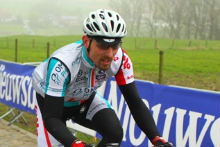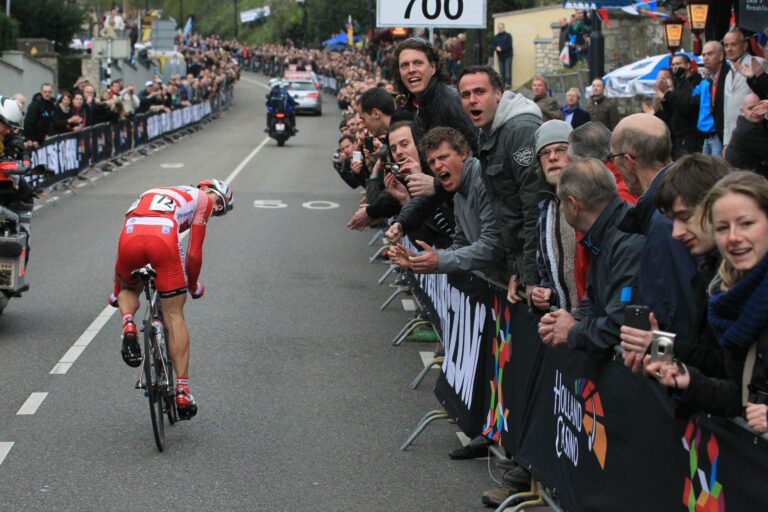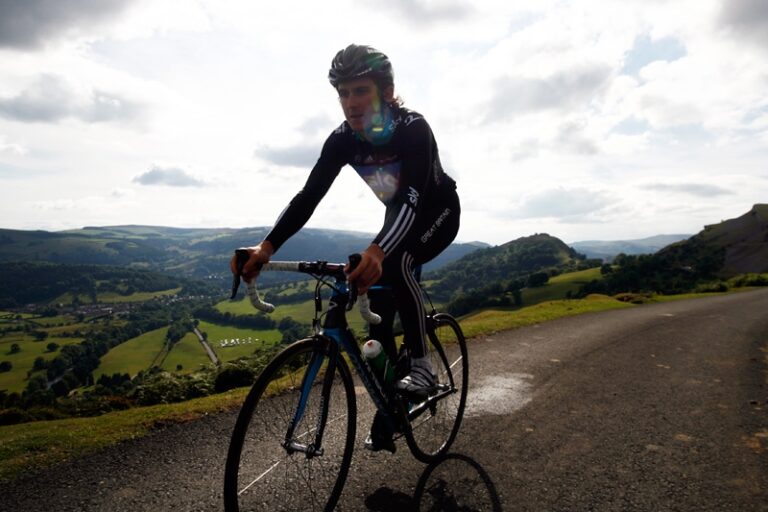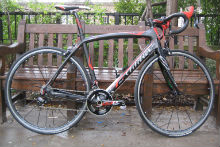The traditional image of the bespoke frame builder is of an artisan working alone in a small workshop.
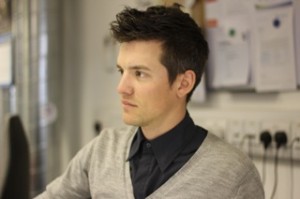
The conception is entirely valid: many of those exhibiting this weekend at Bespoked Bristol, the UK’s handmade bike show, are craftsmen pursuing their own vision in isolation, wary of collaboration lest it compromise their own standards. Ricky Feather recently told RCUK of his joy at recently finding a reliable painter, one whose skill in finishing matched his own abilities in design and construction.
But not all manufacturers of handmade frames conform to this model. Condor Cycles will perhaps be the best known bike builder exhibiting in Bristol, one which has grown over 64 years from a one-man business begun by founder, Monty Young, to a company producing 3,500 frames a year. Despite such a heritage, Condor is still occasionally mistaken as a mass producer of bicycles instead of what it is: a brand in which every single frame bearing the famous condor head badge is made by hand.
Many of Condor’s frames are evolutions of Young’s original designs, and while modifications are now made on computers above the shop at Gray’s Inn Road, the designs are then printed, placed in a paper file, and taken by hand to Lombardi and to Dedacciai to be discussed and implemented.
“Condor is an interesting place in that we are no longer a one-man frame building operation,” says designer, Ben Spurrier, who with production director, Neil Manning, sketches by hand and on computer the frames that make up Condor’s collection. “We have moved production to a slightly bigger space but we are nowhere near the scale of the bigger companies. We make 3,500 frames a year, which isn’t a bad place to be. We’re still very hands on. Both Neil and I are capable of brazing frames. Neil spent much of his youth working for TJ Quick in Forest Hill as a frame builder. I have cut and fillet brazed my own race frame. We’re very hands on when we go to the factory.
“We bridge the gap from being that one man with a brazing torch and a successful commercial business,” he continues. “The only way we can do that is by going to the factory – a lot! Neil is there once a month. You have to go and talk to them. You have to go over there and work with them, hands on.”
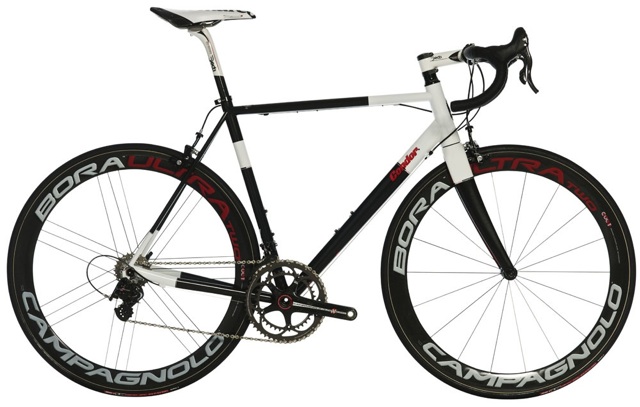
Prototypes hand made in Italy are subjected to empirical testing. The input of the senior riders on the Rapha Condor Sharp racing team, Dean Downing and Kristian House among them, is vital, says Spurrier. Such input began the design process for the Super Acciaio, a steel race frame launched last year to much acclaim.
“One of our team riders popped the question and asked would we be able to build him a steel bike for winter training. We said yes, no problem. In trying to replicate his race bike, we ended up taking on a design [in steel] and developing it,” said Spurrier.
“The first bike was a modified version of a standard Acciaio with a tapered head tube, which we developed in our factory in Italy to create our own, proprietary head tube. The bike was raced in the Smithfield Nocturne and ridden to second place in a Premier Calendar race. Straight away, we knew it was a workable, usable product.”
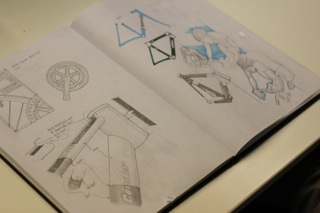
The combination of a traditional material with some of the design features included on modern carbon race bikes (the tapered head tube and oversized down tube, for example) made the Super Acciaio a rare beast.
“We realised straight away this was something no one else was doing. The more we got into it, the further we pushed ideas to see what we could do. It’s the marriage of cutting edge technology from a race proven frame with traditional materials. It’s only in the last six or seven years that carbon has been used for our flagship race model.”
Two prototype machines were passed to John Herety, team manager of Rapha Condor Sharp who reported that the bikes would be suited to criterium racing, the highest profile engagement for the winners of last year’s televised Halfords Tour Series of hour-long city centre races.
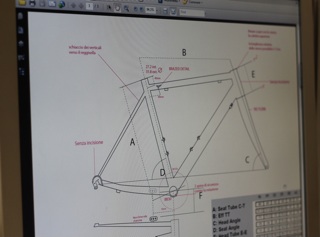
With Herety’s feedback, the pace of development increased, said Spurrier, with the Super Acciaio to be aimed “squarely at performance.” Tubes were rolled to specific shapes to produce a down tube “enormous for a steel bike”, bi-ovalised to reduce flex at the bottom bracket.
This season, Downing and teammate, James McCallum, will race Di2-compatible Super Acciaio’s with lowered bottom brackets for increased cornering stability, finished in Rapha Condor Sharp colours.
Spurrier and his colleagues will return to Bristol later this week for the opening of Bespoked Bristol, having enjoyed the show last year. “We weren’t sure how popular it would be and couldn’t believe how busy it was. I had to step off the stand to let people on it. We had people effectively queuing to get on the stand. It’s nice for people to physically handle our stuff.”

